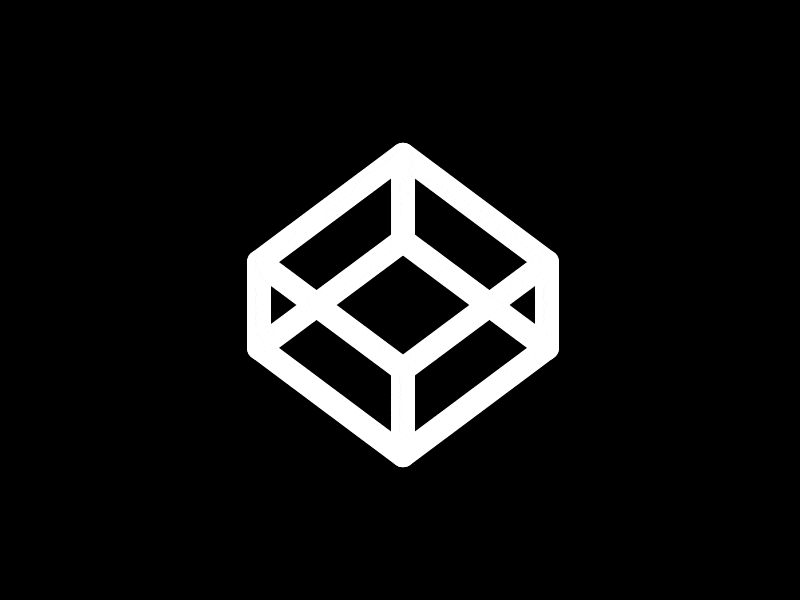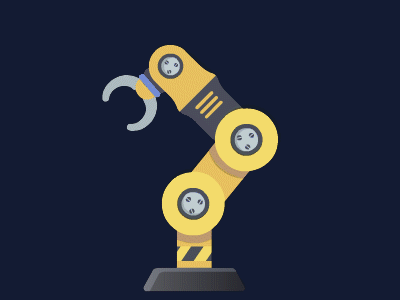[9/12/24]
Using UltiMaker Cura
https://www.instructables.com/Ultimaker-3-Guide/
Ultimaker Cura is a popular slicing software used to convert 3D models (such as STL files) into a format that 3D printers can understand (G-code). This guide will walk you through the process of importing, preparing, and slicing an STL file in Ultimaker Cura to create a 3D-printed object.
Step 1: Download and Install Ultimaker Cura
- Download Cura from the Ultimaker website.
- Follow the instructions to install Cura on your computer.
Step 2: Obtain the STL File
- Find or create an STL file:
- Download an STL from websites like Thingiverse, MyMiniFactory, or GrabCAD.
- Create your own STL using CAD software like Tinkercad, Fusion 360, or Blender.
Step 3: Open STL File in Ultimaker Cura
- Launch Cura after installation.
- Select your printer model from the list or add a new printer if it’s your first time using Cura.
- Import the STL file:
- Click “Open File” or drag the STL file directly into the Cura window.
- The 3D model will appear on the build plate in Cura.
Step 4: Prepare the Model
-
Position the model:
- Rotate, scale, or move the model using the tools in the left sidebar to ensure it fits on the build plate.
- Make sure the model is flat on the build plate for optimal printing.
-
Check for errors:
- Use Cura’s model inspector to identify potential issues like non-manifold edges or holes.
- If issues are found, you can use Cura’s tools or repair software like Meshmixer to fix them.
Step 5: Configure Print Settings
-
Choose a material profile based on the filament you’re using (PLA, ABS, PETG, etc.). Cura will adjust the temperature and other settings accordingly.
-
Select a print profile (e.g., low, medium, or high quality). You can start with the recommended settings, which balance speed and quality.
-
Customize advanced settings (optional):
- Layer height: Lower values (e.g., 0.1mm) give finer details but take longer to print.
- Infill density: Choose how solid the object will be. For structural parts, use higher infill (50%-100%), while decorative objects can use less (10%-20%).
- Supports: Enable if your model has overhangs that need extra support during printing.
- Adhesion: Use a skirt, brim, or raft to ensure the model sticks to the build plate, especially for prints with small contact areas.
Step 6: Slice the Model
- Once you’re happy with the settings, click the “Slice” button.
- Cura will convert the STL file into G-code, a series of instructions that the 3D printer understands.
- After slicing, Cura will show an estimate of the print time and the amount of filament needed.
Step 7: Preview the Sliced Model
- Click on the “Preview” tab to see how the model will be printed layer by layer.
- Review the infill pattern, supports, and overall structure to ensure everything looks correct.
Step 8: Save the G-code
- Print via USB
- After slicing, you can save the file (.gcode or .ufp) directly to a USB drive, or save it to your disk for later
- Once satisfied with the slicing, save the G-code by clicking “Save to File” or “Save to Removable Drive” (if using a USB or SD card).
- Transfer the G-code to your 3D printer using the chosen method (USB, SD card, or direct connection via network).
Step 9: Print the Model
- Load the G-code file into your 3D printer.
- Start the print from the printer’s interface, and monitor the first few layers to ensure the print adheres to the bed properly.
- Keep an eye on the printer periodically, especially for long prints, to check for any issues.
Step 10: Post-Processing
- After the print is complete, allow the model to cool down before removing it from the build plate.
- Remove supports (if used) carefully with pliers or a cutter.
- Sand the surface or apply other finishing techniques like painting if desired.
Tips for Successful Prints
- Level the bed: Always ensure your printer’s bed is leveled before printing to avoid adhesion issues.
- Check filament: Ensure that your filament is dry and properly loaded to avoid under-extrusion or clogging.
- Test with small prints: If you’re unsure about settings, print a small test model before committing to large prints.
[7/3/25]
Print from USB
https://support.makerbot.com/s/article/1667410778880
USB Drive Supported Format
- Supported Format: FAT32
- Unsupported: exFAT, NTFS, or ext4 will not work (See usb-drive-file-systems)
Related
- 9/5/24 Raspberry Pi Case




